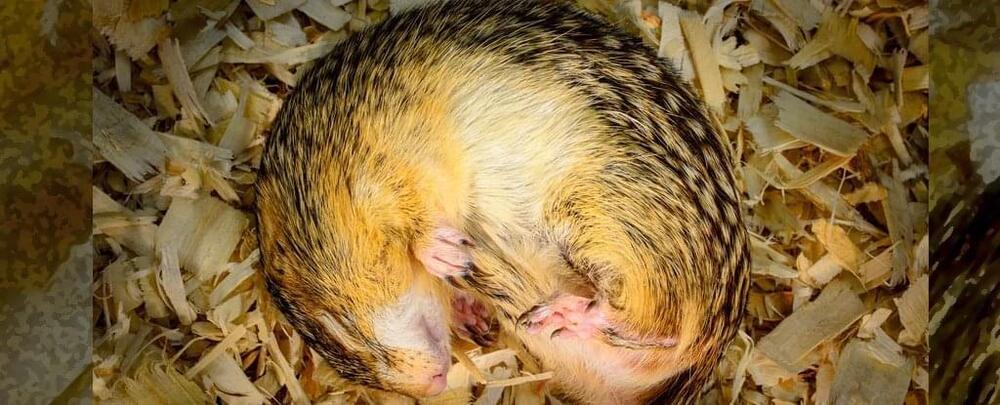Studio RAP has designed the facade of a boutique in amsterdam’s luxurious shopping street, PC hooftstraat, with 3D printed tiles and bricks.



Does the simulation hypothesis offer a compelling argument, or is it just interesting food for thought? Let’s find out.


Will it actually happen? No way to know for sure. But if the already overwhelming demand continues to grow at this pace, then it may be only a matter of time before he pulls the trigger on it. With his resources and influence, such a platform could quickly become one of the most used in the world.
By Matt Wallace
Currently, the social media space is dominated by a select few platforms who wield a massive amount of control. Any platform that tries to compete faces an uphill battle against App Store bans, restrictions, blacklists, higher standers, and more! If you don’t like the options out there or have issues with the way they are running their platforms, then your other significant choices are extremely limited.
Perhaps that could be about to change, though. There is massive, growing demand for Elon Musk, Tesla’s CEO (NASDAQ: TSLA) to make his own social media platform.

Power companies are having to come to terms with the high cost difference between maintaining poles and wires and installing hybrid power systems at the ends of the long power lines. And when the bushfires burn all the poles, then it makes the decision much easier.
Horizon Power is rolling out standalone off-grid solar and battery powered systems for 19 customers east of the town of Esperance. “Horizon Power first began offering certain remote regional customers the option to be powered by a custom built stand-alone solar and battery power system, or SPS, after bushfires destroyed more than 320 power poles and hundreds of kilometres of power lines in the region in November of 2015.”
At that time, only four landowners took up the offer. Now they expect to deliver more than 1,000 systems to farmers and remote indigenous communities. As part of the Western Australian government’s Recovery Plan, Horizon Power has received $46 million to provide 150 systems across regional Western Australia. Each system consists of solar panels, battery storage, and a backup diesel generator. Connection to HP’s service hub means that any faults can be diagnosed remotely. Service teams can be dispatched if needed.

Chinese researchers are reporting that applying an electric field to pea plants increased yields. This process — known as electroculture — has been tested multiple times, but in each case there are irregularities in the scientific process, so there is still an opportunity for controlled research to produce meaningful data.
This recent research used two plots of peas planted from the same pods. The plants were tended identically except one plot was stimulated by an electric field. The yield on the stimulated plot was about 20% more than the control plot.
The actual paper is paywalled in the journal Nature Food, but the idea seems simple enough. If you search for the topic, you’ll find there have been other studies with similar findings. There are also anecdotal reports of electrical plant stimulation going back to 1746.

The Grand Cherokee 4xe plug-in hybrid goes on sale soon, with 4-wheel drive standard.
It’s good news, bad news time at the Jeep division of Stellantis, formerly FCA, formerly Daimler Chrysler, formerly Chrysler Corporation. The 4xe plug-in hybrid version of the popular Grand Cherokee will go on sale this spring. According to Autoblog, buyers will have 5 trim levels to choose from — base, Trailhawk, Overland, Summit, and Summit Reserve.
The Grand Cherokee 4xe Good News
Every Grand Cherokee 4xe will come with the same basic powertrain — a 2-liter, 4-cylinder, turbocharged gasoline engine, a pair of electric motors, a total system output of 375 horsepower (280 kW) and 470 pound-feet (637 NM) of torque, and a battery pack that operates on 400 volts. The 4xe models will have a towing capacity of 6,000 pounds and a battery-only range of 25 miles. If you drive less than 25 miles a day, you could drive your Grand Cherokee 4xe on its daily appointed rounds and never burn a drop of gasoline — in theory.

Ground squirrels spend the end of summer gorging on food, preparing for hibernation. They need to store a lot of energy as fat, which becomes their primary fuel source underground in their hibernation burrows all winter long.
While hibernating, ground squirrels enter a state called torpor. Their metabolism drops to as low as just 1 percent of summer levels and their body temperature can plummet to close to freezing. Torpor greatly reduces how much energy the animal needs to stay alive until springtime.
That long fast comes with a downside: no new input of protein, which is crucial to maintain the body’s tissues and organs. This is a particular problem for muscles.
